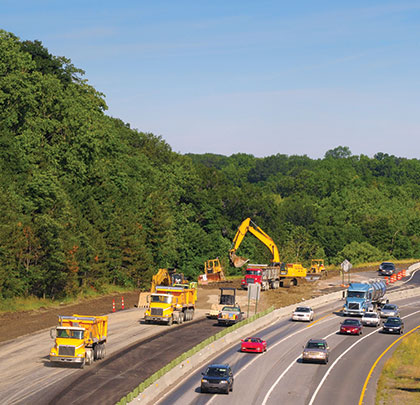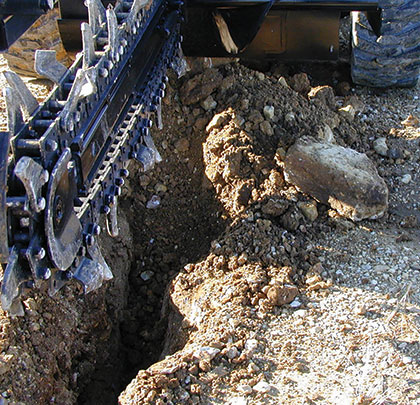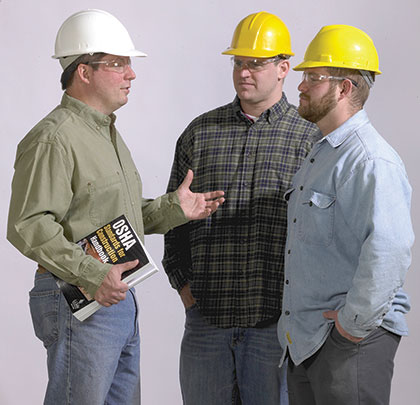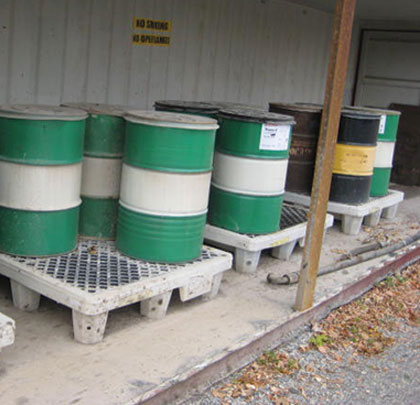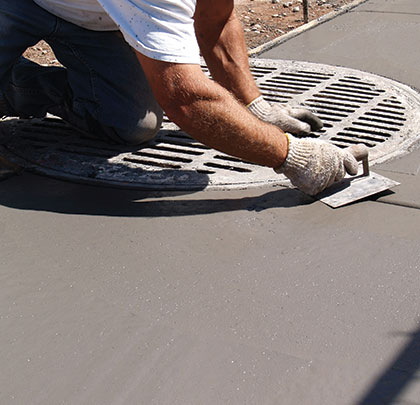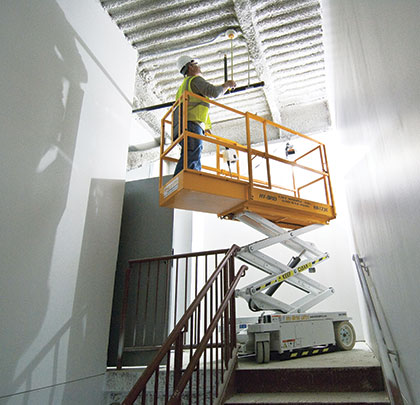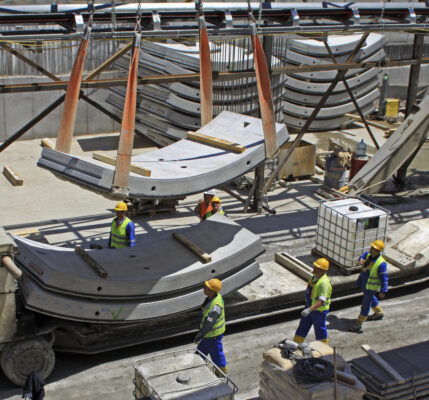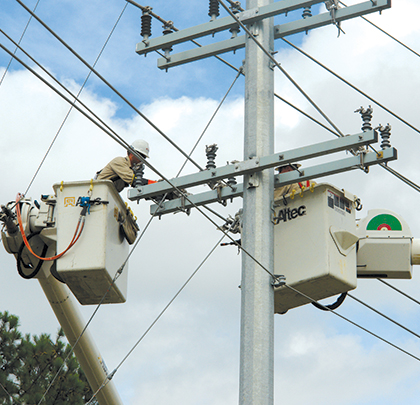High Stakes
State Departments of Transportation (DOTs) are spending a lot of time discussing safety. They generate marketing materials, create billboards, and launch compelling advertising campaigns....
Avoid Trenching Troubles
An inexperienced trencher operator can cause costly mistakes. From start to finish, educate yourself on the task at hand—know your digging conditions, recognize potential...
Strengthening the Jobsite Safety Climate
Management commitment is critical to improving the jobsite safety climate. Managers that “talk the talk” but do not “walk the talk” are poor safety...
Accountability Matters
Contract workers are a common sight at many facilities. These workers often perform very specialized and potentially hazardous tasks, such as confined space entry...
Safety Protocols
Improving operational efficiency and safety along with lubricant storage and dispensing are important to everyone in a shop or jobsite. Safety issues can be...
You May Never Feel a Thing
Portland cement, specifically when wet, is a caustic and abrasive substance found in building materials, such as concrete, mortar, plaster, grout, stucco, and terrazzo....
Don’t Sacrifice Safety for Productivity
The risk of falls from elevated working heights is very real. According to Liberty Mutual’s 2013 Workplace Safety Index, these types of incidents ranked...
The Power of Pre-Task Safety and Health Plans
Pre-Task Planning is necessary to make any construction project successful. “Pre-Task Safety and Health Planning” is necessary to promote a safer and healthier work...
Myths & Misconceptions of Fall Protection
Falls are the leading cause of injury and death in work-related accidents. When a fall hazard exists, fall protection equipment is necessary to protect...
EM 385-1-1: The Latest Revision is Out!
After nearly 3 years in its revision, the United States Army Corp of Engineers (USACE) EM 385-1-1, Safety and Health Requirements Manual, 2014 version...


